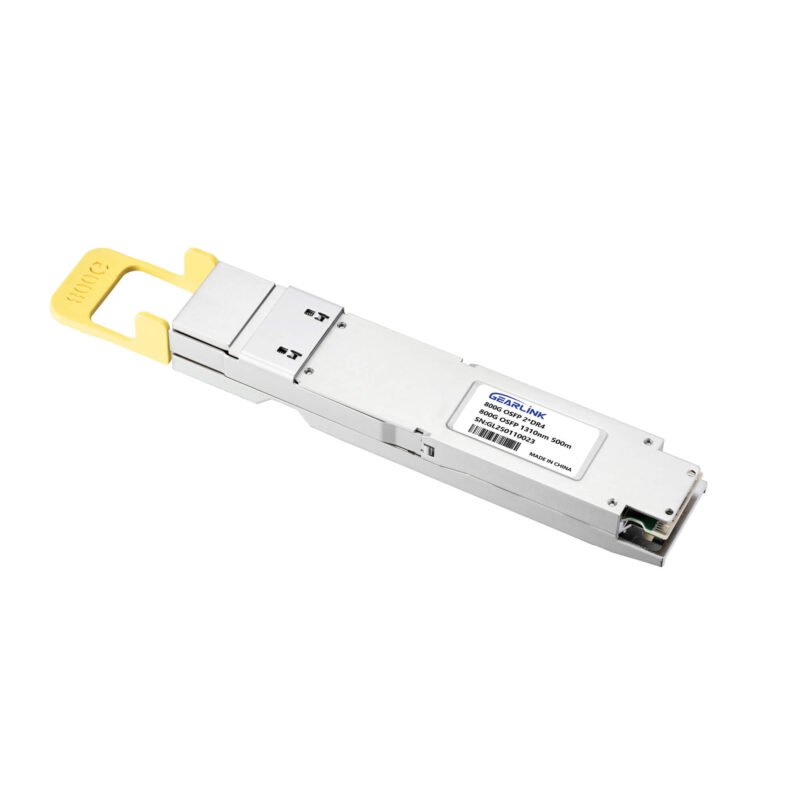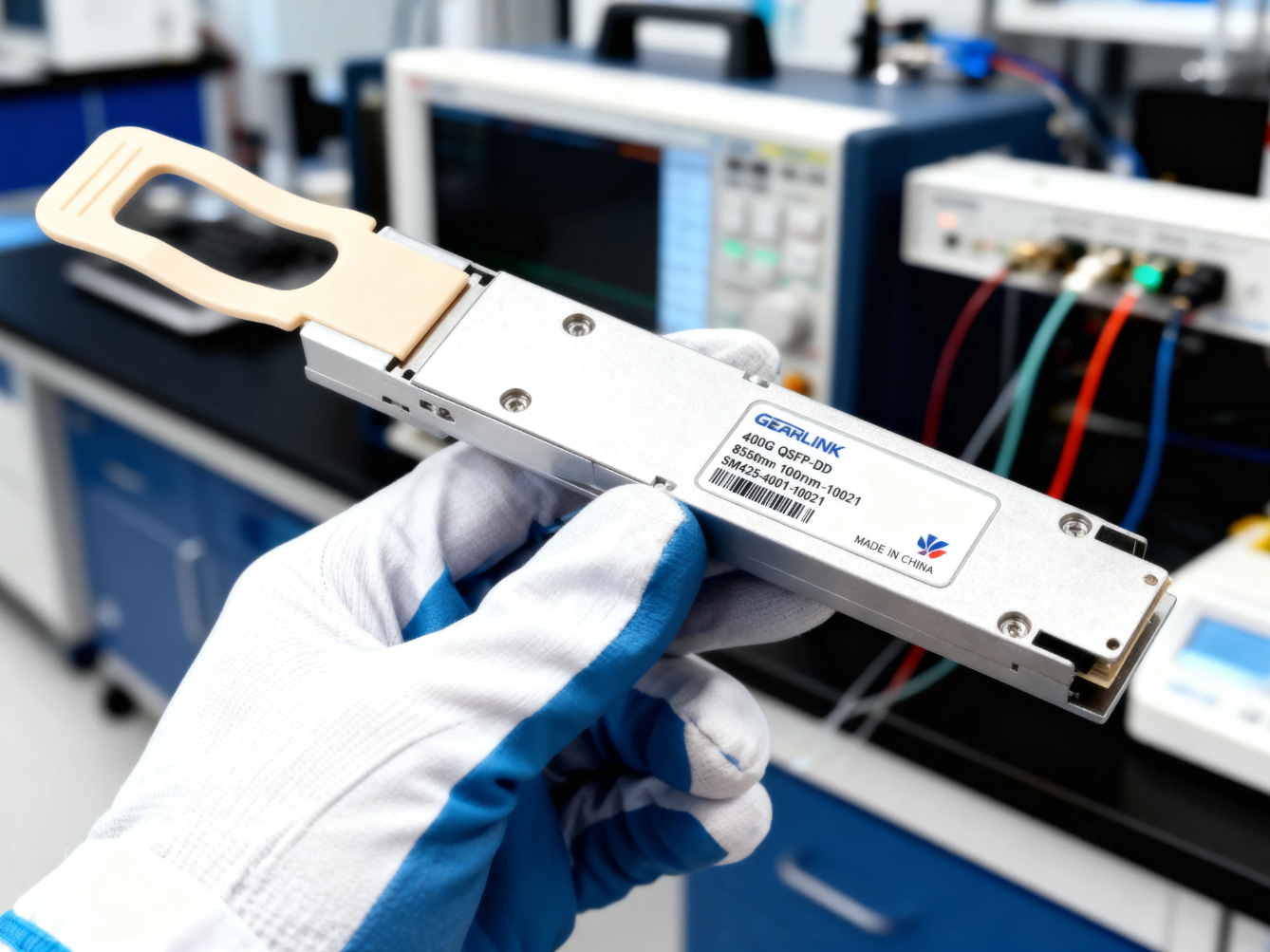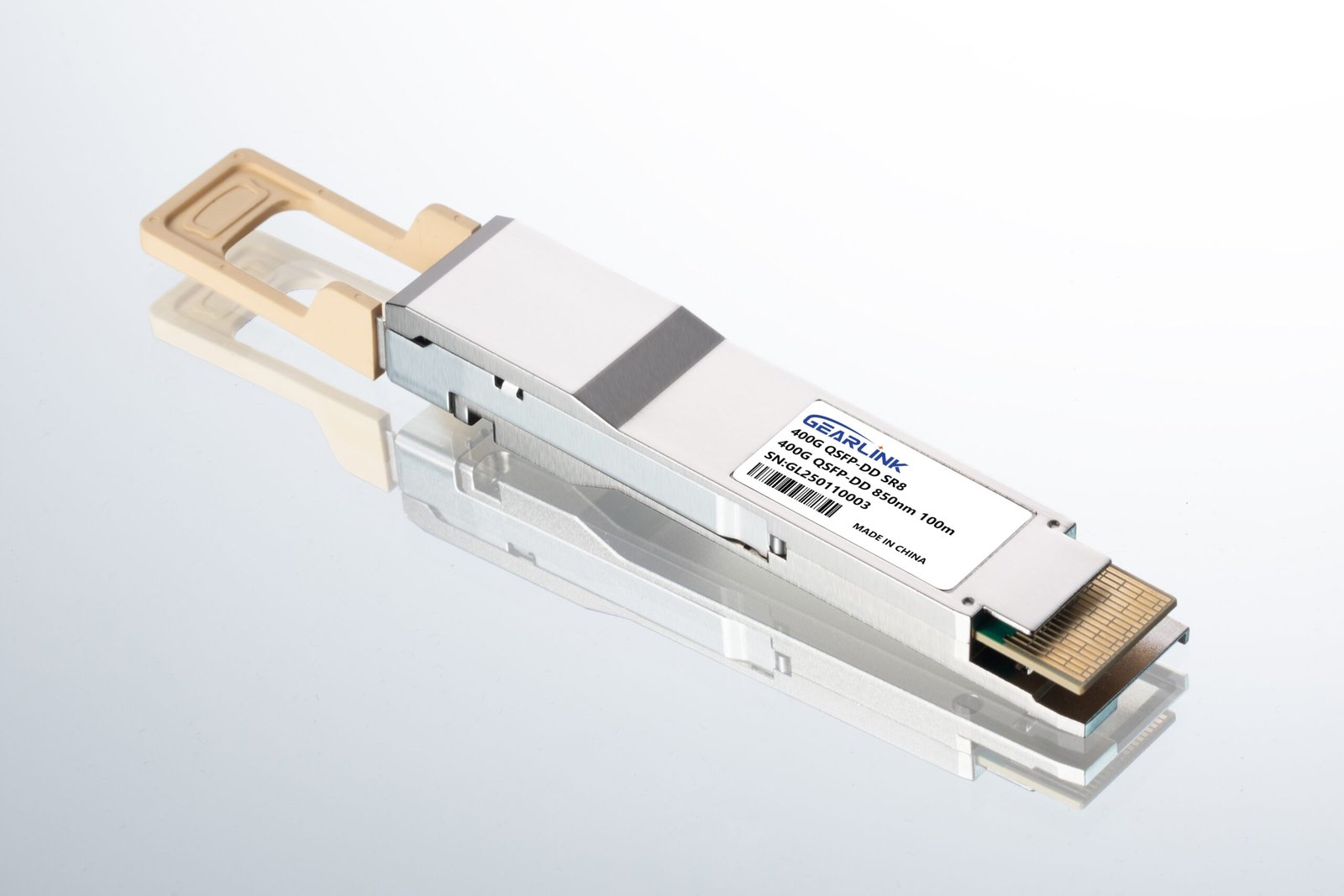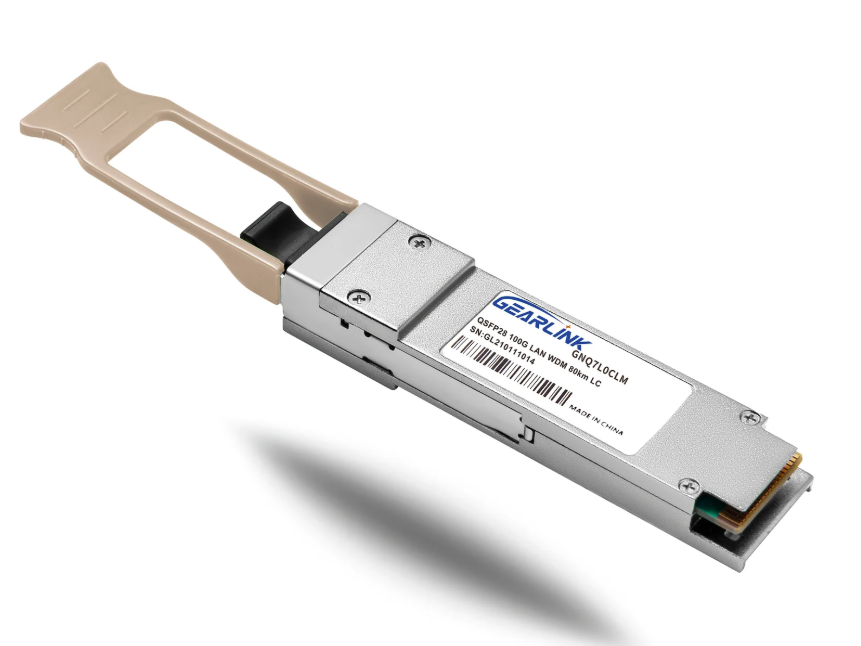The relentless demand for data, fueled by the explosive growth of artificial intelligence (AI), machine learning, and cloud computing, is pushing data center infrastructure to its limits. As businesses and individuals generate, process, and consume more data than ever before, the need for faster, more efficient, and more scalable network solutions has become paramount. This technological imperative has thrust 800G optical transceivers into the spotlight as the next-generation standard for high-speed connectivity. While many countries are contributing to this technological shift, China’s 800G transceivers are particularly gaining significant traction in global data centers, driven by a powerful combination of technological innovation, strategic market positioning, and a robust supply chain.
This article delves into the reasons behind the rising prominence of China’s 800G transceivers, examining their core features, the advantages they offer, and the specific applications where they are making a profound impact. We will explore how these advanced optical modules are not just keeping pace with data demands but are actively shaping the future of high-performance computing and network infrastructure.
The New Standard of Connectivity: What Is an 800G Transceiver?

An 800G optical transceiver is a compact, hot-swappable module designed for ultra-high-speed data transmission. Functioning as a critical bridge between network devices like switches and routers, it converts electrical signals into optical signals for transmission over fiber optic cables and then converts them back again. Unlike previous generations like 100G or 400G modules, the 800G transceiver can transmit data at a staggering rate of 800 Gigabits per second (Gbps), effectively doubling the speed of its 400G predecessor.
This leap in speed is crucial for modern data centers, particularly those supporting hyperscale operations and AI clusters. The immense computational power required for training large language models and running complex AI algorithms necessitates an equally powerful and low-latency network to prevent data bottlenecks. By providing unprecedented bandwidth capacity, China’s 800G transceivers enable seamless, high-volume data flow, ensuring that servers and interconnected devices can communicate at the speed of thought.
Key Drivers Behind the Adoption of China’s 800G Transceivers
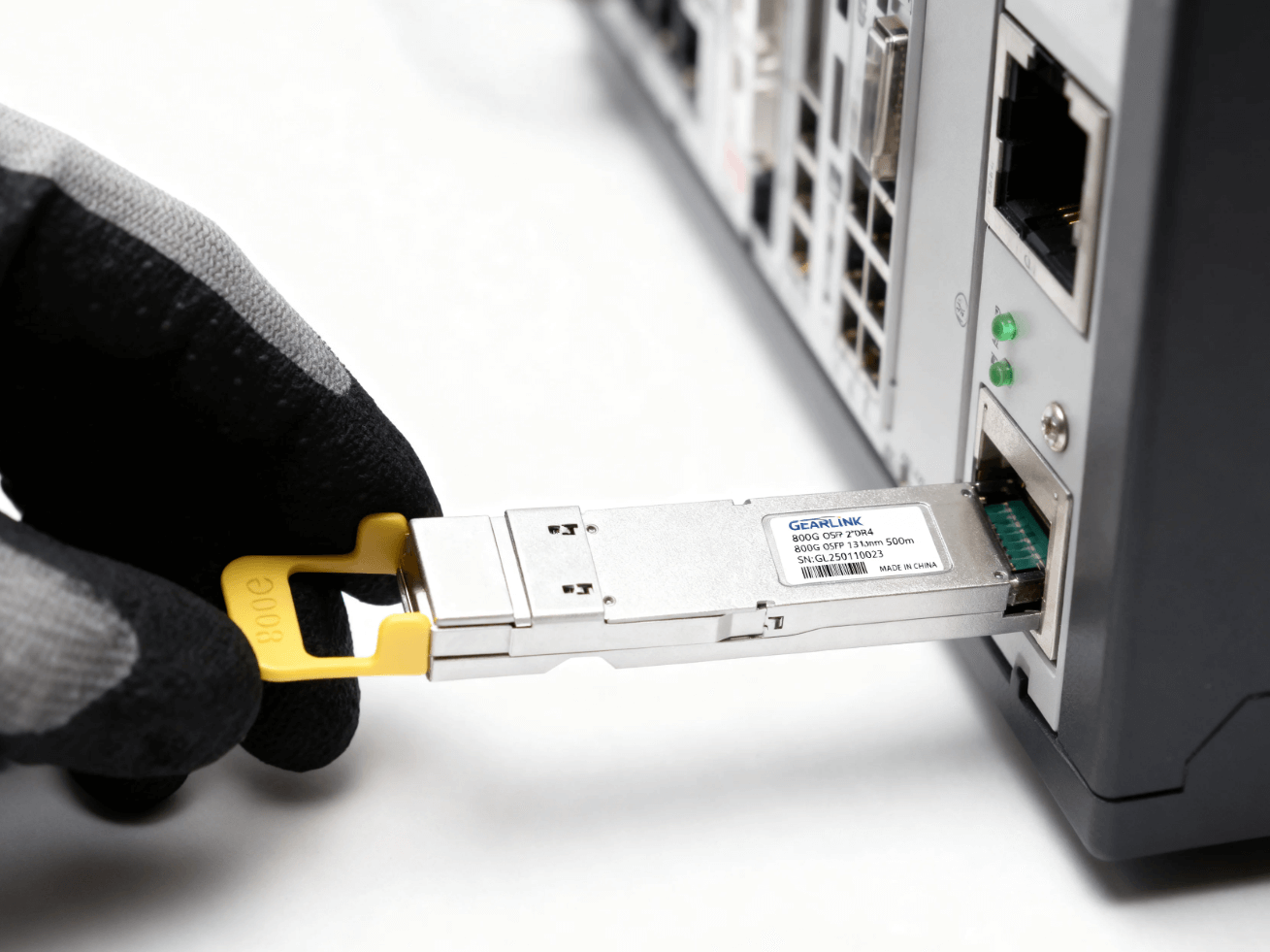
Several factors are contributing to the widespread adoption of China’s 800G transceivers in the global market. These drivers extend beyond simple speed enhancements to encompass a holistic approach to network design and cost management.
Unmatched Cost-Efficiency and Manufacturing Scale
One of the most compelling advantages of China’s 800G transceivers is their cost-efficiency. Chinese manufacturers have invested heavily in research, development, and mass production capabilities, creating a highly competitive landscape. This scale of production allows them to produce high-quality optical modules at a lower cost per unit compared to their Western counterparts. This economic advantage makes high-speed upgrades more accessible for a wider range of data centers, from large-scale hyperscalers to smaller, enterprise-level operations.
Furthermore, this cost-effectiveness doesn’t come at the expense of quality. Over the past decade, Chinese manufacturers have refined their processes, ensuring that their products meet or exceed global performance standards. This combination of competitive pricing and reliable performance has made them a go-to choice for data center managers worldwide who are under pressure to optimize their budgets while maintaining top-tier performance.
Rapid Innovation and Technological Advancements
The optical communication industry in China is characterized by its rapid pace of innovation. Companies are quick to adopt and commercialize new technologies, often leading the charge in bringing next-generation products to market. For instance, many China’s 800G transceivers are now integrating advanced technologies like Linear-drive Pluggable Optics (LPO) and co-packaged optics (CPO).
LPO technology is particularly noteworthy for its ability to reduce power consumption and latency by eliminating the need for a complex Digital Signal Processor (DSP) within the module. For short-range, high-bandwidth connections within data center racks, LPO-based china 800g transceiver models offer a more energy-efficient and lower-latency solution. This aligns with the growing industry focus on sustainability and operational efficiency, as data centers strive to reduce their environmental footprint and power costs.
Similarly, CPO represents the future of optical interconnects. By integrating the optical engine directly with the switching ASIC chip, CPO technology promises to further reduce power consumption and latency, while also increasing port density. Chinese firms are at the forefront of this technological shift, demonstrating their commitment to pushing the boundaries of what’s possible in optical communications.
A Robust and Resilient Supply Chain
The global supply chain for high-tech components is often complex and subject to disruptions. However, the optical transceiver industry in China has built a remarkably robust and resilient ecosystem. From raw materials and components to final assembly and testing, the entire manufacturing process is streamlined and supported by a vast network of suppliers.
This self-sufficient supply chain ensures that Chinese manufacturers can maintain consistent production volumes and meet high demand, even in the face of external challenges. This reliability is a major selling point for data center operators who need a dependable source for critical network components to avoid costly downtime and project delays.
The Role of 800G Transceivers in the AI Era
The proliferation of AI is perhaps the single most significant factor driving the demand for 800G solutions. AI models, especially large language models (LLMs), require massive amounts of data to be transmitted and processed at lightning speeds. The training of a single LLM can involve terabytes, or even petabytes, of data that need to move between GPUs and servers within a data center.
A low-speed network would create a crippling bottleneck, severely hindering the training process and increasing latency. By deploying china 800g transceiver models, data centers can create an internal network fabric that is fast enough to keep up with the demands of AI workloads. This ensures that data can be accessed and processed in real time, accelerating the training of AI models and enabling more efficient, high-performance computing.
In applications like high-frequency trading, real-time video streaming, and virtual reality, where every millisecond counts, the low latency offered by 800G transceivers is not just a convenience—it’s a necessity. They provide the foundational speed and responsiveness required for these data-intensive applications to function flawlessly.
Optictran: Meeting the Demands of High-Speed Connectivity
As a leading provider of optical communication solutions, Optictran understands the critical role that 800G transceivers play in the modern data center. Our product portfolio, which includes advanced 800G transceivers like the 800G-DR8 and 800G-DR8 LPO, is designed to meet the rigorous demands of next-generation networks.
The Optictran 800G-DR8 transceiver, for example, is built for high-performance applications, offering a reliable and efficient solution for data center interconnects. It supports various fiber types and distances, making it a versatile choice for a wide range of network architectures. Its robust design and adherence to industry standards ensure seamless integration and compatibility with existing infrastructure.
Moreover, our products, including our china 800g transceiver solutions, are the result of years of expertise and a commitment to quality. We focus on delivering real value to our customers, ensuring they have the tools they need to build and maintain a high-speed, reliable, and scalable network. By providing professional, high-quality, and cost-effective solutions, we empower data center operators to navigate the challenges of the digital age with confidence.
Frequently Asked Questions (FAQ)
Q1: What is the main difference between 400G and 800G transceivers? A1: The primary difference is the data transfer rate. An 800G transceiver can transmit data at 800 Gbps, which is double the speed of a 400G transceiver. This significant increase in bandwidth capacity is essential for data-intensive applications like AI and hyperscale cloud computing.
Q2: Are China’s 800G transceivers compatible with non-Chinese equipment? A2: Yes, generally. Reputable manufacturers like Optictran produce china 800g transceiver models that comply with international industry standards such as MSA (Multi-Source Agreement). This ensures broad compatibility with switches, routers, and other network equipment from various global vendors.
Q3: How do 800G transceivers help reduce data center power consumption? A3: While 800G transceivers are more powerful, they are often designed with greater energy efficiency in mind. Technologies like LPO (Linear-drive Pluggable Optics) can significantly reduce power consumption by eliminating energy-intensive components. This helps data centers reduce their operational costs and environmental impact.
Q4: Where are 800G transceivers primarily used? A4: 800G transceivers are mainly used in data centers, particularly for applications that require high-speed, low-latency data transmission. This includes hyperscale data centers, AI computing clusters, high-performance computing (HPC), and high-frequency trading environments.
